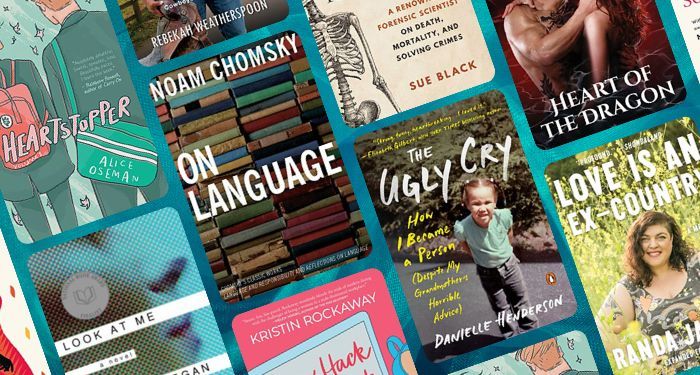The first sign of trouble aboard Supertrain comes not even a minute into its pilot. Sidestepping the usual fare of ’70s TV bombs (terrible fashion, interesting sets, and charmingly corny performances), we instead open to a conversation about the railroad industry. In a baroque, smoky room, several old men debate the state of trains — not exactly what the average NBC viewer tuned in to see. The “pitiful” state of passenger-based rail travel in the U.S. (Is this usually a …. problem?) has prompted the construction of a modern “super train,” an atomic machine capable of crossing the entire country in 36 hours. It’s to be “the first continental railroad built in this country in 75 years,” something you couldn’t have guessed based on the 1930s fashion sense of the speaker. The announcement provokes nervous muttering, quite confusing considering the apparent market demand for luxury trains. “You know what I think, Winfield?” One of the many white-haired men asks. “You’re letting your psychotic fascination with railroads lead you into a suicidal gamble with the future of this company!” The mood has been set: Supertrain is going to be entirely nonsensical, a failed attempt at capturing the magic of ABC’s popular series The Love Boat. Prepare yourself for bad acting, disco cars, and the story of one of TV’s most expensive bombs. The train is leaving the station.
Laying Down the Tracks for ‘Supertrain’
If you had to pick an iconic television show of the ’70s, it’d likely be The Love Boat. Airing on ABC from 1977 to 1986, the show was a laid-back look at the lives of passengers and crew members aboard the Pacific Princess. Set on the decks of a sun-drenched cruise ship, The Love Boat and its formula proved popular among ’70s fans. The man behind the hit, Fred Silverman, had previously overhauled TV as viewers knew it, refreshing CBS’ lineup and becoming the president of ABC. It seemed that Silverman could do no wrong — the people at NBC had no reason to believe he wouldn’t also save their network. Unfortunately for them, his programming plan seemed to include borrowing from the popularity of The Love Boat.
This time, though, there’d be no boat or love stories: Supertrain wanted to focus on suspense as well as relationships, ostensibly operating on a “mystery of the week” schedule mixed with the social dilemmas. Maybe the change of locale, with its lack of natural light and confined spaces, was partially to do with this shift. But the increasing emphasis on the actual, physical train was causing its own problems. The production was increasingly, prohibitively expensive — NBC spent at least $7 million (or $28.6 million in today’s money) on the pilot, including a life-size model and two smaller replicas for exterior shots. (Though shots of the train speeding along look pretty good, they probably weren’t worth that much, especially considering the fact that one of them crashed.) All in all, the show was, at the time, the most expensive series on air — the gamble of a failing network. Surely it must have held something salvageable.
‘Supertrain’ Was Overstuffed and Overzealous
There’s an ever-present cloud of ’70s cheese hanging over the content of Supertrain. Throughout the pilot special, a two-hour-long caper about debt and abusive husbands (“I hate avocados!” the husband shouts at his avocado-obsessed wife), one gets the sense that everyone is trying just a bit too hard. The desperation is coming through the screen, NBC begging its viewers to stick around. Smooth Muzak blares over scenes of passengers rushing to board — and already it seems like the train’s not big enough to hold them. A tour of the interior reveals oppressive hallways, a pool about the size of a hot tub, and a “disco car.” (Exactly what it sounds like. It’s a train car that acts as a disco club, complete with a light-up dance floor.) People with wide collars roam around the tight spaces with drinks in hand, elbowing past each other. We drop into seemingly pointless conversations, picking up conversations like: “Does he always act like that?” “Only on trains.” A briefcase gets knocked off the train and immediately explodes like a bomb. The villains villainously turn up the heat in the onboard sauna by a few notches, and must be thwarted by a bodybuilder. By the time the show gets invested in the story of our protagonist, convinced he’s going to be killed for his debt, we just want something to happen — good or bad. The show drags on, eager to use multiple exterior shots to justify the expense. But the suspense isn’t scary, the jokes aren’t funny, and the sets certainly don’t look as if they cost that much. One can only imagine how things looked 40 years ago.
A Total Train Wreck
The failure of Supertrain’s special 2-hour debut, in February 1979, was a warning. The brand-new show, heavily advertised, was overshadowed by Charlie’s Angels — not a good sign for either ABC or the BBC, who’d reportedly bought the show prematurely for $25,000 per episode. (After its American failure, they never even aired it.) The network went into damage control mode, reworking the show’s premise, tone, and personnel. They tried to shift to a more sitcom-like format, probably trying once again to copy the success of Love Boat — but the real problem was probably more closely related to the increasingly expensive production. So much attention had been paid to the train itself that NBC didn’t even have someone to interview for their own Today Show promotional segment. In it, very ’70s looking news presenters are trying and failing not to laugh. “And NBC hopes it stays on the tracks — there’s a lot of money invested in that one. Six million dollars may be the low side of the budget, it turns out,” host Tom Brokaw says with a smirk. Even then, viewers were savvy to the desperation behind Supertrain‘s premiere: “There’s a lot riding on this train,” one of the hosts observes. Indeed, there was: The show’s failure combined with losses from the boycott of 1980’s Summer Olympics almost bankrupted NBC. The axing of the series after just nine episodes was a mercy killing. It’s fun to peer through the windows of Supertrain, to observe its chintzy ’70s vibes. But one thing’s for sure: The tickets should’ve been cheaper.









































































